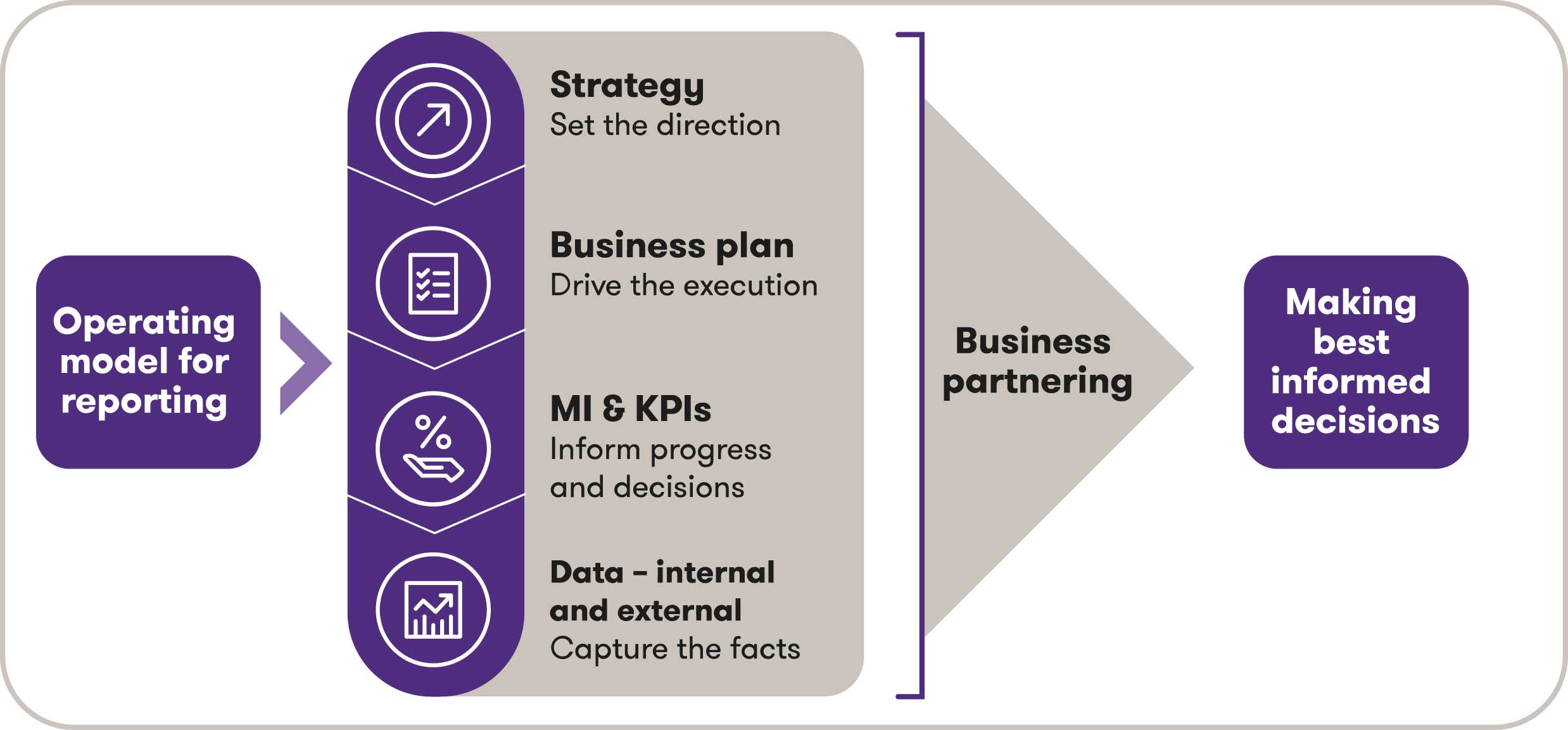In today’s competitive digital landscape, leveraging data-driven insights to inform your content strategy can significantly enhance your marketing efforts. By understanding your audience’s preferences, behaviors, and engagement patterns, you can create more targeted, effective, and engaging content. This guide outlines how to use data-driven insights to refine and enhance your content strategy.
Understanding Data-Driven Content Strategy
What is a Data-Driven Content Strategy?
A data-driven content strategy uses quantitative and qualitative data to guide the planning, creation, distribution, and optimization of content. It involves collecting and analyzing data to make informed decisions that align with your business goals and audience needs.
Why Use Data-Driven Insights?
- Informed Decision-Making: Data provides objective insights that help you make informed decisions.
- Enhanced Audience Understanding: Data helps you understand your audience’s preferences, behaviors, and pain points.
- Improved Engagement: Data-driven content is more likely to resonate with your audience, leading to higher engagement.
- Increased ROI: Targeted content strategies driven by data can improve conversion rates and ROI.
- Continuous Improvement: Data allows you to measure performance and refine your strategy over time.
Steps to Develop a Data-Driven Content Strategy
1. Set Clear Goals and Objectives
Before diving into data collection, define clear goals and objectives for your content strategy. These could include increasing website traffic, boosting engagement, generating leads, or improving brand awareness.
Best Practices:
- Use the SMART criteria (Specific, Measurable, Achievable, Relevant, Time-bound) to set your goals.
- Align your content goals with overall business objectives.
2. Identify Key Performance Indicators (KPIs)
Determine the KPIs that will help you measure the success of your content strategy. These could include metrics such as organic traffic, bounce rate, time on page, social shares, and conversion rates.
Best Practices:
- Choose KPIs that align with your goals and objectives.
- Regularly review and adjust KPIs to reflect changing business priorities.
3. Collect and Analyze Data
Use various tools and methods to collect data on your audience, content performance, and market trends. This can include website analytics, social media insights, keyword research, and competitor analysis.
Tools:
- Google Analytics: For website traffic, user behavior, and conversion data.
- Google Search Console: For keyword performance and search analytics.
- Social Media Analytics: For engagement metrics and audience insights.
- SEO Tools (Ahrefs, SEMrush): For keyword research and competitor analysis.
Best Practices:
- Collect both quantitative data (e.g., traffic, clicks) and qualitative data (e.g., user feedback, surveys).
- Segment your data to gain insights into different audience groups.
4. Understand Your Audience
Use the data collected to build detailed audience personas. These personas should include demographic information, preferences, pain points, and content consumption habits.
Best Practices:
- Identify key audience segments and tailor your content to their needs.
- Use tools like Google Analytics and social media insights to understand audience behavior.
5. Conduct Content Audits
Regularly audit your existing content to assess its performance and identify areas for improvement. Look at metrics such as page views, engagement rates, and conversion rates to determine which content is performing well and which isn’t.
Best Practices:
- Use tools like Google Analytics and content audit software to analyze performance.
- Identify gaps and opportunities for new content based on audience needs and market trends.
6. Create Data-Driven Content
Use your insights to inform your content creation process. Focus on topics and formats that resonate with your audience and align with your goals.
Best Practices:
- Use keyword research to identify high-value topics.
- Create content in various formats (blogs, videos, infographics) to engage different audience segments.
- Ensure your content is high-quality, relevant, and valuable to your audience.
7. Distribute and Promote Content
Develop a distribution and promotion plan to ensure your content reaches the right audience. Use data to determine the best channels and times to share your content.
Best Practices:
- Use social media, email marketing, and SEO to promote your content.
- Analyze the performance of different channels to optimize your distribution strategy.
8. Measure and Refine Your Strategy
Regularly measure the performance of your content strategy against your KPIs. Use these insights to refine your approach and improve future content efforts.
Best Practices:
- Conduct regular performance reviews to identify strengths and weaknesses.
- Use A/B testing to experiment with different content elements and optimize performance.
- Continuously update your content strategy based on new data and market trends.
Tools for Data-Driven Content Strategy
1. Google Analytics
Provides comprehensive data on website traffic, user behavior, and conversion tracking. Essential for understanding how users interact with your content.
2. Google Search Console
Offers insights into keyword performance, search impressions, and click-through rates. Useful for optimizing content for search engines.
3. Social Media Analytics Tools
Platforms like Facebook Insights, Twitter Analytics, and LinkedIn Analytics provide data on engagement, audience demographics, and post performance.
4. SEO Tools
Tools like Ahrefs, SEMrush, and Moz help with keyword research, backlink analysis, and competitor benchmarking.
5. Content Audit Tools
Tools like Screaming Frog, Content King, and SEMrush Content Audit help you analyze and optimize your existing content.
6. Survey and Feedback Tools
Tools like SurveyMonkey, Typeform, and Google Forms allow you to collect qualitative data directly from your audience.
Using data-driven insights to enhance your content strategy can significantly improve your marketing efforts. By setting clear goals, identifying key performance indicators, collecting and analyzing data, understanding your audience, conducting content audits, creating data-driven content, distributing and promoting your content effectively, and continuously measuring and refining your strategy, you can create a more targeted, engaging, and successful content strategy. Leveraging the right tools and best practices will help you make informed decisions that drive better results and achieve your business objectives.

